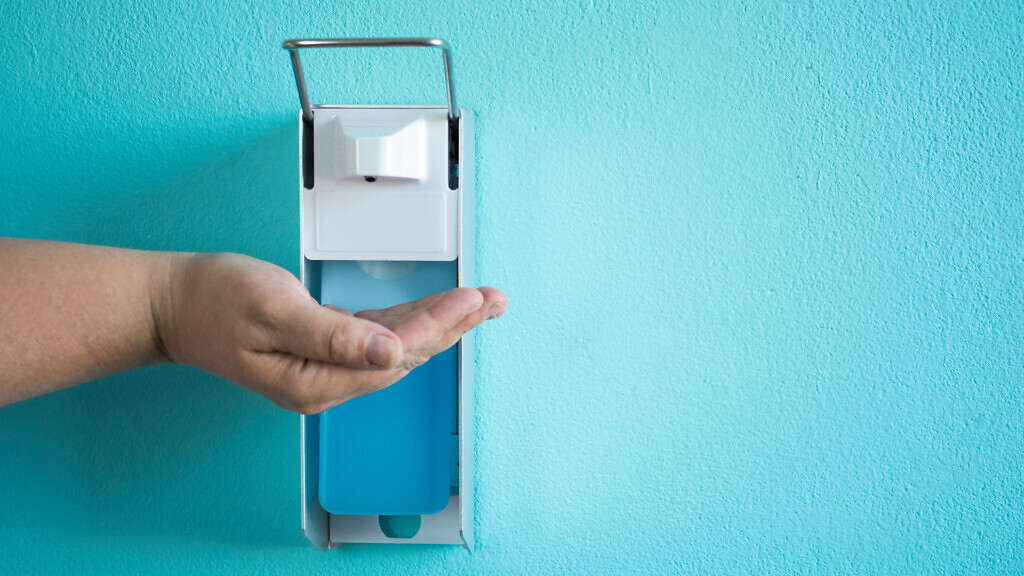Mark Wilcox, professor of medical microbiology at the University of Leeds, says that hospitals need to rethink their approach to infection prevention.
Hospital-acquired infections (HAIs) are a significant challenge across global healthcare systems, affecting patients, staff, and healthcare systems worldwide. Infections such as escherichia coli (E. coli) bloodstream infections and clostridioides difficile (C. diff) diarrhoea can lead to severe complications. They prolong hospital stays and increase treatment costs. Globally, between 7% and 8% of hospitalised patients develop a HAI, with the NHS alone facing an economic burden of approximately £2.7 billion per year. This financial cost is compounded by the growing threat of antibiotic resistance, which makes HAIs more difficult to treat and control.
Traditionally, antibiotics have been the primary method to combat these infections. However, the overuse and misuse of these medications have accelerated the rise of antimicrobial resistance (AMR), reducing the effectiveness of vital treatments. As a result, healthcare experts are urging UK hospitals to seek new solutions beyond antibiotics to reduce infection rates and protect both patients and staff.
With hospital-acquired infection rates currently increasing annually within UK hospitals, and the challenges of spreading antimicrobial resistance, new solutions are needed to cut infection risks in healthcare settings.
Adherence to hand hygiene protocols
One of the key areas for improvement is hand hygiene. Healthcare professionals’ hands come into frequent contact with patients, medical devices and surfaces which makes them one of the main pathways for infection transmission. Despite longstanding policies designed to encourage proper hand hygiene, compliance rates remain worryingly low. According to NHS England, adherence to hand hygiene protocols is often only between 40% and 60%, far from the levels required to prevent the spread of pathogens within hospitals.
A major guideline for hand hygiene is the World Health Organization’s (WHO) “5 Moments of Hand Hygiene” framework. This policy instructs healthcare workers to clean their hands before touching a patient, before aseptic procedures, after exposure to bodily fluids, after touching a patient, and after touching the patient’s surroundings.
While the framework is well-intended, compliance in the real world is often challenging. In the fast-paced hospital environment, staff are under constant pressure to move quickly between tasks which makes it challenging to wash or sanitise their hands as frequently as required. Additionally, frequent use of alcohol-based rubs or soaps can cause skin irritation, leading some healthcare workers to limit their hand hygiene practices.
Given these challenges, the current approach to infection prevention via hand hygiene is not as effective as it needs to be. Rather than relying solely on strict hand hygiene protocols that are difficult to follow consistently, hospitals should explore innovative solutions that integrate seamlessly into daily workflows and maintain patient and staff safety.
One promising advancement in infection control is the development of broad-spectrum, residual antimicrobial protection for hands. These technologies offer prolonged protection against pathogens, reducing the need for constant handwashing and hand sanitisation. Unlike traditional alcohol-based hand rubs, which provide only temporary cleanliness, antimicrobial coatings can remain effective for hours and offer a practical solution for busy healthcare environments.
Another area of innovation is environmental infection control. Frequently touched surfaces in hospitals, such as bed rails, door handles, and medical equipment, can act as a hotbed for harmful bacteria. Hospitals are implementing interventions to tackle the infection rates including enhanced cleaning. More effective solutions are required.
Technology is also introducing opportunities to improve hand hygiene compliance. Simple and straightforward systems make hand hygiene regimens easier to follow, offering hospitals a way to improve compliance and reinforce optimal infection prevention behaviours among staff. These new systems provide a safety net that helps to maintain protection even when some compliance moments are missed.
Beyond technological advancements, hand hygiene policy should evolve to reflect the realities of modern healthcare environments. Infection prevention should be prioritised at both policy and operational levels. Hospital leadership can support the creation of an environment in which hand hygiene is intuitive, achievable and ingrained in hospital workflows rather than being an added challenge. Training programmes should be updated to reflect new developments in infection prevention, ensuring that healthcare professionals are equipped with the knowledge and resources to implement best practices effectively.

Efficiency and thoroughness
One of the most significant barriers to progress in infection control is the balance between efficiency and thoroughness. Healthcare workers operate in high-pressure environments, often caring for multiple patients simultaneously. While hand hygiene and surface sanitisation are essential, expecting staff to maintain rigorous compliance with complex systems adds additional pressure to their growing number of responsibilities. Hospitals can find ways to implement solutions that enhance, rather than hinder, workflow throughout their facilities. Innovations in new hand hygiene formulations that prevent skin irritation accompanied by a simple hand hygiene regimen, are an opportunity to make a measurable difference.
Now, healthcare experts are calling on hospital administrators, policymakers, and healthcare workers to elevate infection control strategies. The goal is not just to react to infections but to prevent them from occurring in the first place. This includes taking measures to support better hand hygiene and compliance through modern infrastructure, improved protocols, and innovative technologies.
The challenge is clear: HAIs continue to pose a major threat to patient safety and healthcare efficiency. The traditional methods of infection control have been shown to include significant challenges when fully addressing the issue, making it crucial for hospitals to embrace new, evidence-based solutions. Whether through innovative antimicrobial technologies, enhanced environmental hygiene measures, or more effective hand hygiene regimens, the UK healthcare sector has an opportunity to adapt and innovate.
The challenge is upon us to take decisive action and commit to reducing infection rates. By rethinking their approach to infection prevention, hospitals can protect patients and staff whilst easing the economic burden of HAIs on the NHS. The future of infection control lies in proactive, forward-thinking strategies that go beyond traditional methods. The time for change is now.



